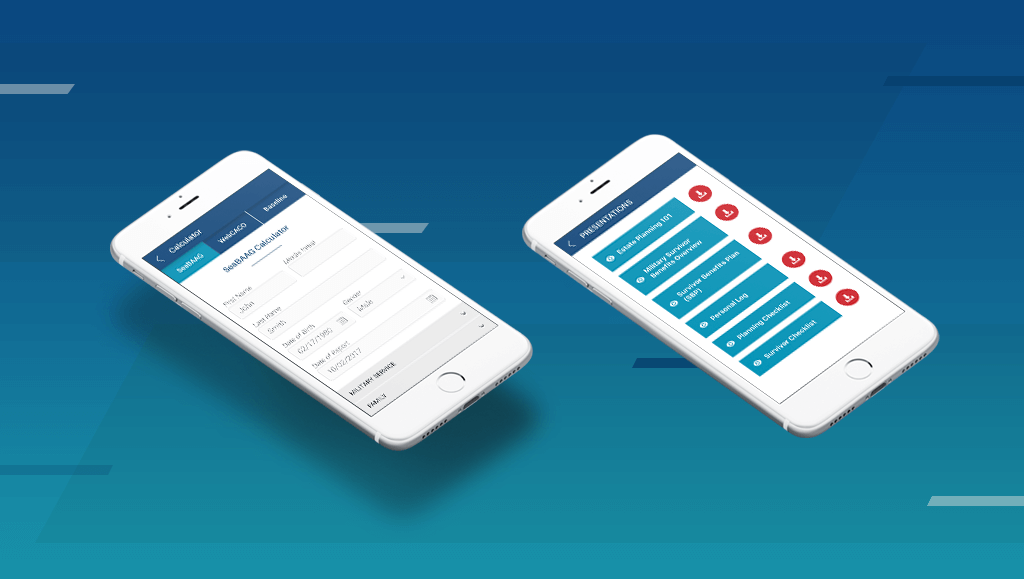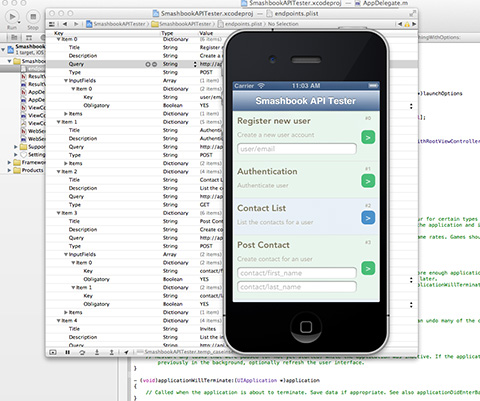Navy Mutual's Mobile App
Navy Mutual Aid Association provides life insurance and annuity products to military families. In our previous blog, we discussed how an association’s struggle to face the challenge that investing in technology can pose.
Navy Mutual Aid Association chose to face this challenge head-on and Mobomo helped usher Navy Mutual Aid Association through their first foray into mobile with the launch of their Survivor Benefits app.
The Navy Mutual Aid Association has a focus on educating members on their legally entitled government benefits, as well as on matters of financial security.
In creating this app, Navy Mutual is now able to put appropriate resources directly in the hands of their members in an overall effort to increase awareness of government benefits.
It also allows Navy Mutual to more directly reach members through a new channel and increase its footprint in members’ lives.
Incorporating Legal Resources
One of Navy Mutual’s goals is to ensure veterans and veteran’s families fully understand their legal rights and benefits. While the Navy Mutual website housed many valuable resources, the team wanted a tool optimized for, and easily accessible from a mobile device.
Throughout the process, the Mobomo team worked collaboratively with the Navy Mutual team, as well as their existing brand guidelines. During all creative discussions, Navy Mutual ensured that the app would meet member needs and fulfill their mission.
We led them through the design, development, and launch of iOS and Android mobile apps. In order to meet these goals, we created various palettes to finalize a look and feel for the mobile app’s overall User Experience.
For maintainability purposes, Navy Mutual opted to move forward with a React Native cross-platform application in order to create both iOS and Android apps from a single codebase.
The Benefit Calculator
One of the key features of the mobile app is a set of Benefit Calculators, which are on the website as well. These are for users to estimate survivor benefits and entitlements.
The calculators are processed through a legacy, internal backend database that did not have an optimized interface for plugging in new systems.
In order to make the backend accessible to the mobile apps, our team had to create new APIs for the apps to submit user inputs and retrieve the appropriate output to be displayed.
All of the tools that were created for use in the Survivor Benefits app are user-friendly as well as engage members throughout their experience.
As discussed previously, members believe that the investment in technology was critical, but associations want their investment to last longer than the latest trend.
The Navy Mutual Aid Association ensured that this app, not only was a financially sound investment but would meet their member needs long term.






